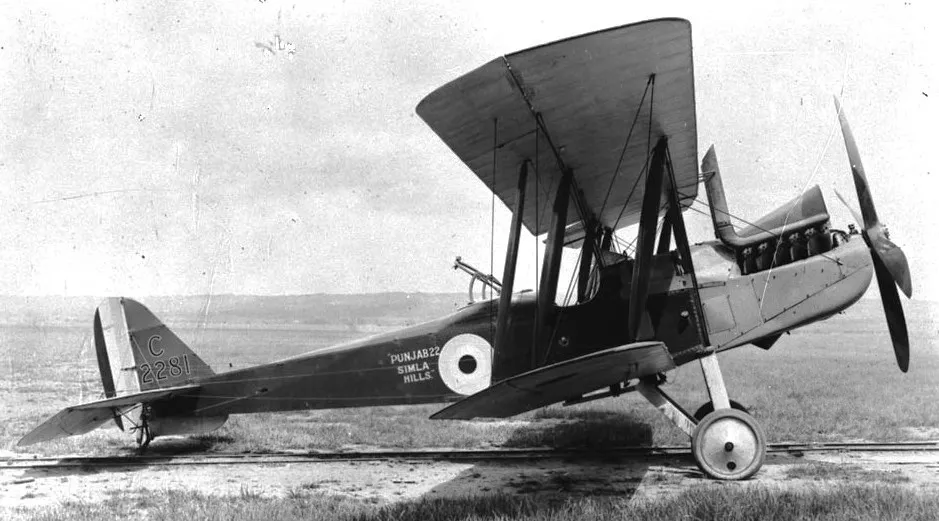Boyd, Philip Bentinck (Second-Lieutenant)
Killed in Action 1917-April-13
Service
RFC
Unit
59 Sqn- Squadron (RFC)
Base
Rank
Second-Lieutenant
Position
pilot
Service Numbers
R.E.8 serial: A3203

Royal Aircraft Factory (Reconnaissance Experimental) R.E.8 (Serial No. C2281), "Punjab 22 Simla Hills", built by Daimler Company Ltd. Coventry, ca 1918
The Royal Aircraft Factory R.E.8 was a British two-seat biplane reconnaissance and bomber aircraft of the First World War designed and produced at the Royal Aircraft Factory. It was also built under contract by Austin Motors, Daimler, Standard Motors, Siddeley-Deasy and the Coventry Ordnance Works.
Intended as a replacement for the vulnerable B.E.2, the R.E.8 was widely regarded as more difficult to fly and gained a reputation in the Royal Flying Corps for being "unsafe" that was never entirely dispelled. Although eventually it gave reasonably satisfactory service, it was never an outstanding combat aircraft. Nonetheless, it remained the standard British reconnaissance and artillery observation aircraft from mid-1917 to the end of the war, serving alongside the rather more popular Armstrong Whitworth F.K.8.
More than 4,000 R.E.8s were eventually produced; these aircraft saw service in a range of different theatres, including Italy, Russia, Palestine and Mesopotamia, as well as the Western Front. The R.E.8 was rapidly withdrawn from service after the end of the conflict, by which time it was regarded as totally obsolete. Wikipedia


